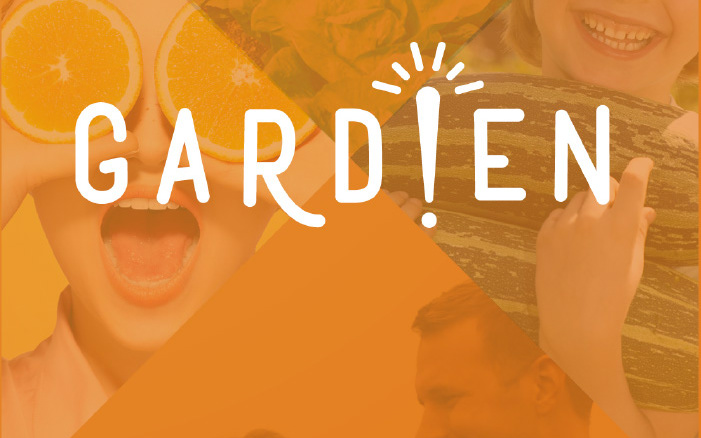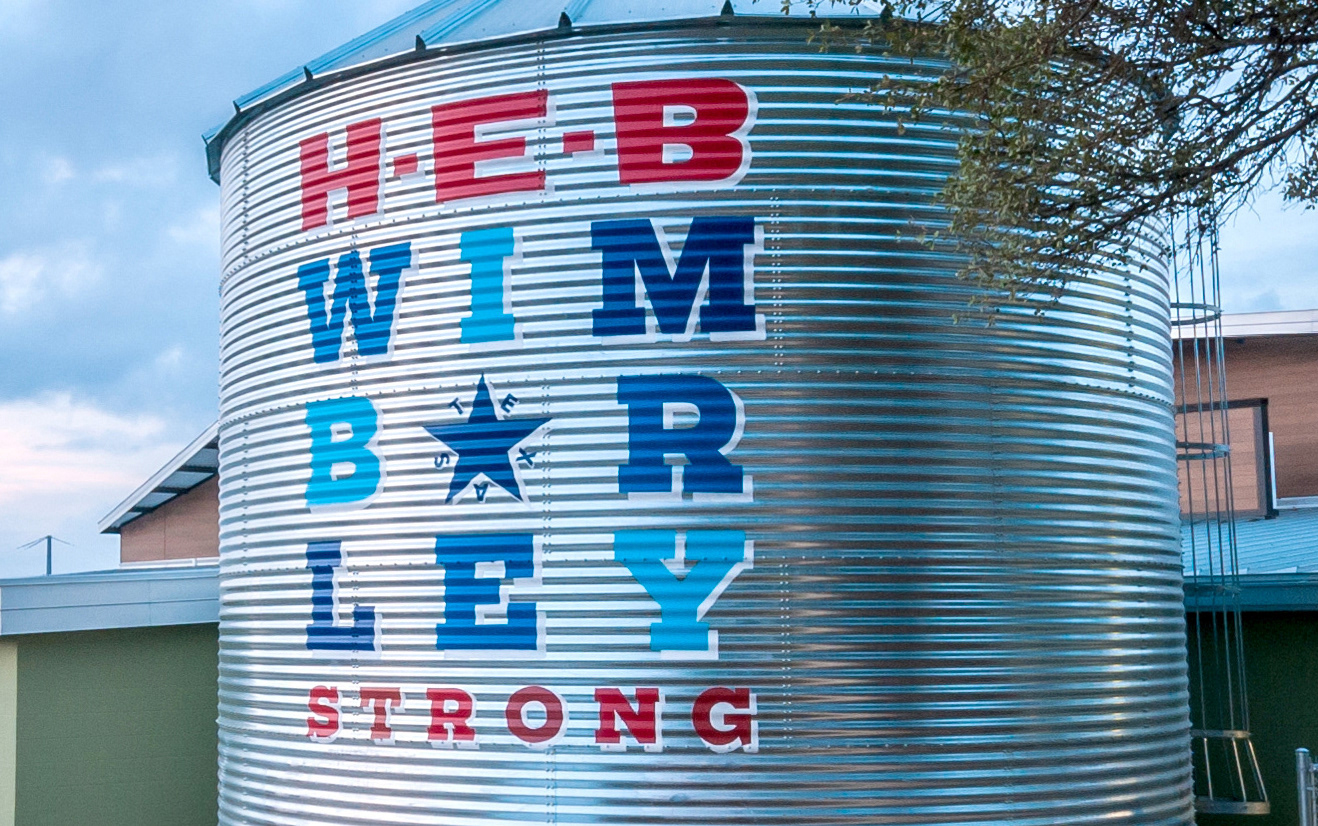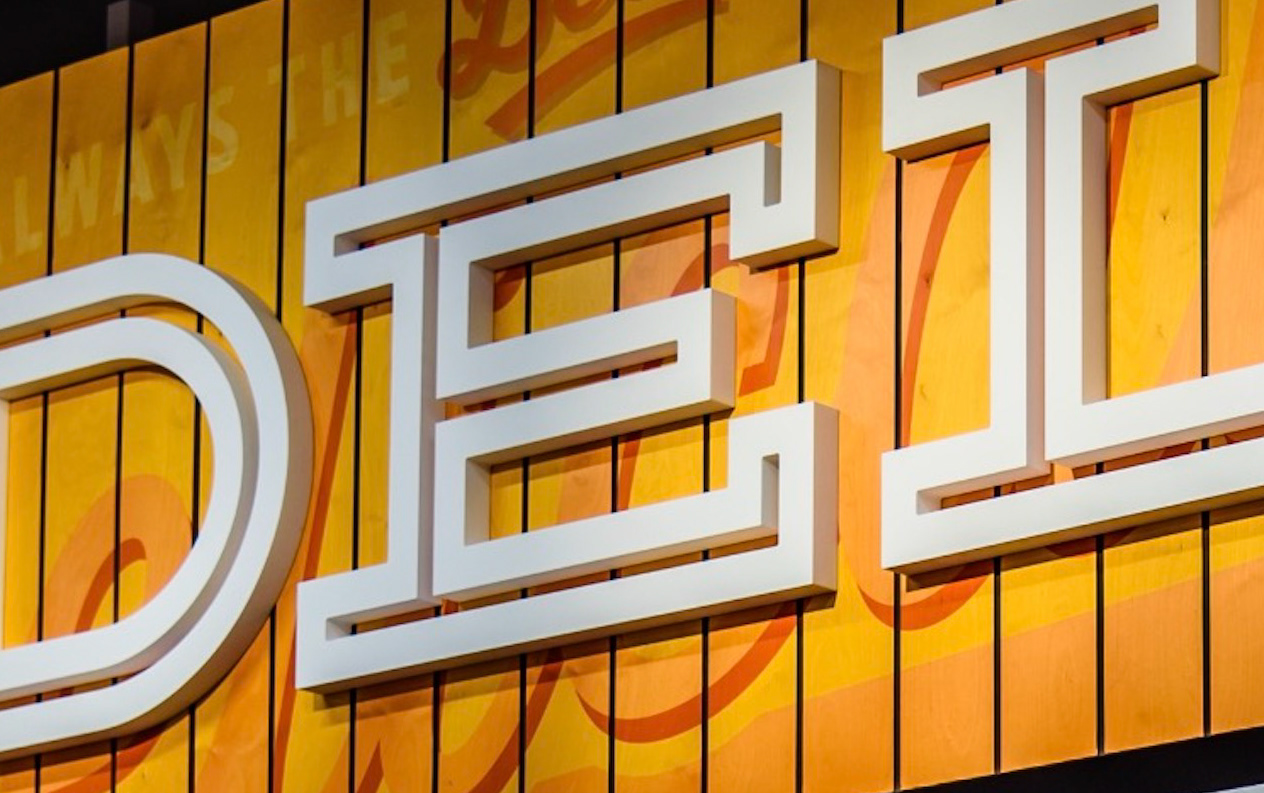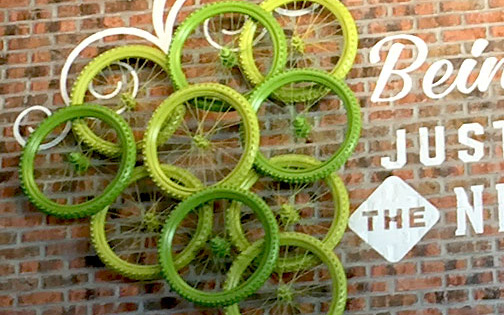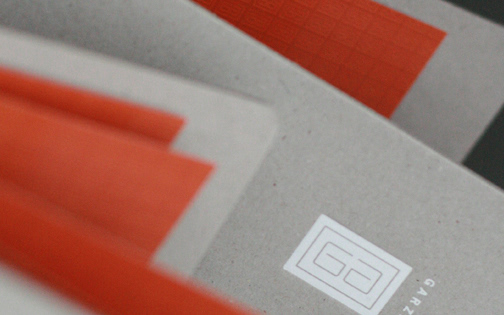How Might We improve public transportation in Central Texas?
CARTs-COOP
A personal commuter assistant
UX / IBM Loop + Product Design + Design Research
CARTS COOP was a graduate school project assigned to improve the Texas State University student-commuter experience.
Frame the scope
Project Brief - The Capital Area Rural Transportation System (CARTs) is the primary public transportation service for inter-city commuting in Central Texas. With more sophisticated options, the CARTs rider experience required an update to compete.
Objective - Design a better commuter experience for CARTs.
Outcome - An intelligent travel assistant and rewards program for loyal college commuters.
My Roles:
Project Leader
Product Designer
Design Researcher
UX/UI Designer
Time frame - 2 weeks
Understand the needs
Analog thinking was driving CARTs downhill. More user-friendly rideshare services such as Lyft and Uber were siphoning college commuters at 1.7% annually. Convenience was outperforming affordability, giving riders little incentive to remain loyal.
To understand the opportunities and challenges, I conducted my own secondary research; took facility tours and rides.
Discovery Process:
Scheduling system audit
Rider ride-alongs and interviews
Competitive landscape analysis
Feedback themes:
Difficult on a mobile device
Scheduling rides was complicated
No incentive for loyalty
The high-level project goals:
Make CARTs user-friendly
Create a delightful experience
Simplify scheduling
Design challenges:
A 1990s digital experience
High rider attrition was trending
Must remain inclusive to analog riders
Reframe the problem
How might we improve commuting for college students?
A journey map of two different CARTS commutes, including a detour – the proposed CARTS College CO-OP and the current CARTS experience.
The CARTs experience felt one-sided and did not compare to concierge ride-share service experiences. CARTs scheduling system relied on static pdfs, and the site was overloaded with information. Plus, trip changes required extensive planning.
Build a better experience
The CARTs College-COOP is a digital trip assistant that rewards college commuters for choosing CARTs.
No more missed pick-ups
CARTs notifies the rider when to head to the bus stop based on the preferred arrival time. CARTs plans the routes and offers people-friendly walking instructions to the rights spots.
CARTS simplifies the commute.
CARTs introduces cashless payment with a personalized account that simplifies transportation budgeting. Also, CARTS keeps you on schedule by live tracking your commute, so you always know where you are and when you’ll arrive.
CARTs pays attention while paying back.
Loyal commuters earn free rides and free stuff from places they love and conveniently located along their regular routes. CARTs even plans detours, so commuters can stop to claim rewards and still get to their destination on time.
CARTS walks you from door to door.
CARTS optimizes the commute along every leg of the trip.
Results and Feedback
This experience was a result of a graduate school Design Thinking and rapid-prototyping exercise. However, my CARTS College CO-OP app addresses real problems currently experienced by the CARTS riding public. Especially for the expert CARTS user that is also a ride-share user. The ultimate value of project was my development in leading a team through a Design Thinking project.
For future iteration user-testing a hi-fi prototype during the ride-along will work better to pinpoint real rider needs.
...
The Research
How We Arrived Here
This project was assigned within a group session in which each participant arrived at a unique project conclusion. We applied an IBM-style design thinking process that allowed for rapid design, concept, and testing. We took the initial step of developing a set of basic questions to guide the design process.
Three primary questions informed my design strategy:
How can public transportation be delightful?
How can the experience extend beyond points A and B?
How can riders trust any significant change to their experience?
Interviews & Surveys
I interviewed 5 CARTS patrons and reviewed over 50 social media comments and ratings posted by riders across Facebook, Yelp, and Google.
The discovery goals:
- Who are the daily college commuters using CARTS?.
- When, how, and why are college commuters using CARTS?
- What do riders like about CARTS?
- What do CARTS riders think can be improved?
Key Insights & Discoveries
Insight #1
Most riders were running late
Despite the common complaint that CARTS buses were “always” late, it appeared that following a schedule was a significant challenge for busy college commuters. Poor planning by the riders commonly caused missed pick-ups and late arrivals.
“Poor planning by the riders… caused missed pick-ups and late arrivals.”
Insight #2
Too many paths to making a good choice
CARTS’ dedication to meeting the service needs of a large area and diverse ridership had resulted in a complex system too difficult to navigate for the average rider. A static website with too much information and tons of pdf downloads exacerbated the planning challenge riders.
“too much information and tons of pdf downloads exacerbated the planning challenge….”
Insight #3
CARTS offers no simple way to plan a detour
Many commuters found CARTS services helpful; however, the experience was not flexible. When rider plans changed mid-way, making an unplanned but necessary stop was not an easy decision. Scheduling a new route to the original destination was a daunting task.
Insight #4
Loyalty is no longer a free ride.
College commuter loyalty could no longer be taken for granted. There were too many alternatives popping up. Few were as affordable as CARTS, but most were much more convenient and were trending toward becoming more affordable. So, expert riders needed more incentive to choose CARTS for their transportation needs.
“…expert riders need more incentive to choose CARTS… …a more meaningful connection.”
The five W's of CARTS
The next task was to understand CARTS and its users better. After an initial research phase, we mapped out the knowns using a 5w’s approach.
We gathered this data through bench research.
Pros & Cons
A holistic review of the CARTS revealed both pro’s and cons about the real user experience both online and real facilities.
We gathered this data through bench research, research rides and facility visits.
Persona building, empathy maps, and needs statement
Interviews, surveys, and secondary research revealed three essential CARTs users. Alexa, the newbie rider, was least informed on how CARTs works. Iris, the analog rider that relies on the CARTs helpline and printed materials to schedule rides. And Paul, the expert rider that knows the system and is looking for more a convenient and helpful experience.
We created the personas from a compilation of real data collected from interviewing several individuals and from reading dozens on posted comments and ratings on Yelp, Twitter, Facebook, and Google.
I chose to design for Paul as the group focused on the other personas. I developed a needs statement, “Paul needs a hassle-free way to plan his trips from San Marcos to Bastrop every Monday and Wednesday to always get to class by 10 a.m. at Riverside Community College.”
“…needs a hassle-free way to plan his trips from San Marcos to Bastrop every Monday and Wednesday so he can always get to class by 10 a.m.…”
Card sorting & ideation framework
Once the data was presented to the group, we conducted an ideation session on possible solutions to different user needs. I then selected the ideas that best addressed Paul’s needs.
These concepts were the result of group ideation during our SPRINT session.
Minimum viable product features
I prioritized features that could realistically meet Paul’s wants and needs while expanding the CARTS service model within its existing resources.
I refined these ideas after the group session to prepare for Paul’s ride journey map.
Storyboarding a CO-OP ride
I created a storyboard of a new CARTS experience, highlighting the MVP features within the context of a realistic ride for Paul.
I tested the experience concept within our group and received feedback and suggestions and revised the experience.
The CARTS college CO-OP journey
Based on testing feedback, I refined Paul’s trip from his home in San Marcos, Texas, to his 10 a.m. class in the town of Bastrop. CARTS continues to provide navigation and scheduling support despite the detour to ensure that Paul arrives at his final destination on time.
I presented this more refined to-be journey to individuals during the session and revised it per their feedback.
Rapid prototyping & 5-Act interview
I sketched out a prototype and then conducted a 5-Act Interview with group members to test.
5-Act Interview Process:
1. I gave a friendly greeting
2. I asked open-ended questions about the customer
3. I introduced the prototype
4. I detailed a task to get the customer reacting to the prototype
5. I gave a quick debrief capturing the customer overarching thoughts and impressions
I presented this rough prototype to the individuals during the session and applied their feedback to the next iteration.
I aimed for Goldilocks Quality in the next prototype iteration. Although a pdf prototype, the goal was to collect valuable feedback, nonetheless.
“The 1990’s scheduling experience was a huge barrier.”
“Click” tests
To quantitatively review the usability assumptions, I did a simulated-click test using a mobile device, which confirmed my assumptions except for a few details. First and foremost, I tested the navigation structure on the mobile prototype, the people-friendliness of the map directions, the wording of some actions, and preferences regarding the visual design.
I tested them on a mobile device by way of a full-screen pdf.
Conclusion
CARTS and most public transportation services make the rider do the heavy lifting when scheduling their rides, and CARTS impedes the rider's decision-making process with information overload.
CARTS is fully capable of offering a more meaningful and delightful experience. I tested a rewards program, but that’s only one possible option. There is much more opportunity as the public transportation experience is decades behind its alternatives.
A more personalized experience can revolutionize how riders interact with public transit. The mobility-limited public has relied solely on public transportation for decades; however, with rideshare companies’ ease-of-use approach to scheduling, the burden falls on CARTS to match or improve their ride experience.
As of 2018, when this project was last updated, CARTS had not made much progress toward improving its rider experience.
As stated above, this was part of a grad-school Design Thinking exercise. The timeframe was short, and the process moved along briskly. However, my CARTS College CO-OP app addresses real problems currently experienced by the CARTS riding public. Especially for the expert CARTS user that is also a rideshare user. And the ultimate value of this exercise was in my Design Thinking training which is a continuous learning experience.
If there was more time
• I would like to have interviewed and surveyed more people to develop the personas. This process aims to understand quickly, prototype fast, and test immediately; however, spending more time understanding the users can only yield better results.
• It would have been more insightful to build a working prototype to test during a ride-along with actual riders to pinpoint real rider needs further.
Learnings
1. There are solvable problems anywhere that you look. You just have to look.
2. The IBM Design Thinking methodology is a reliable tool for practical human-centered innovation. I am a convert.
3. As a career graphic designer, learning to let the design thinker’s idea of a sketch be the final visual has been a challenge. But I have learned that a more finished look to the artifacts can impact the testing in unexpected ways.
4. I have to practice my interview technique. It is a skill that requires mastery, and although I am proficient, it is still an intimidating step for me.

